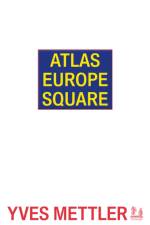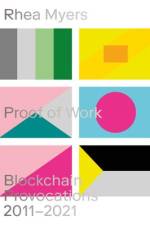av Yves Mettler
315,-
An artist examines the plethora of Europe Squares, Europa Places, Places de l''Europe, and Europaplatzes and what they tell us about the ideality of “Europe.”If the built environment is a record of our modes of organization and the compromises we make in order to live together, then what are we to make of the plethora of Europe Squares, Europa Places, Places de l''Europe, and Europaplatzes? Public spaces that connect numerous disparate towns and cities through a “supersite” called Europe, they may appear as avatars of an idea in crisis, as “eurocentric values” and the concept of Europe as a unified political space are attacked and eroded from all sides.Atlas Europe Square documents a body of work by Swiss artist Yves Mettler who, since 2003, has engaged in an ongoing mapping and documentation of these sites, along with a series of projects triangulating between particular squares, interrogating their differing architectural, environmental, and public functions, and what they tell us about the ideality of “Europe” and the (im)possibility of its concrete instantiation.Here this work is extended into reflections on the relationship between art and public space, site-specificity, and the artist''s own implication in the imaginary of Europe as he becomes enmeshed in a network of projects, funds, and public bodies that seek to promote "European culture" through art.Alongside extensive photographic documentation, Atlas Europe Square contains texts by the artist alongside essays by Reza Negarestani, Teresa Pullano, Laurent Thévenot, and Stephen Zepke, discussing Mettler''s work.


